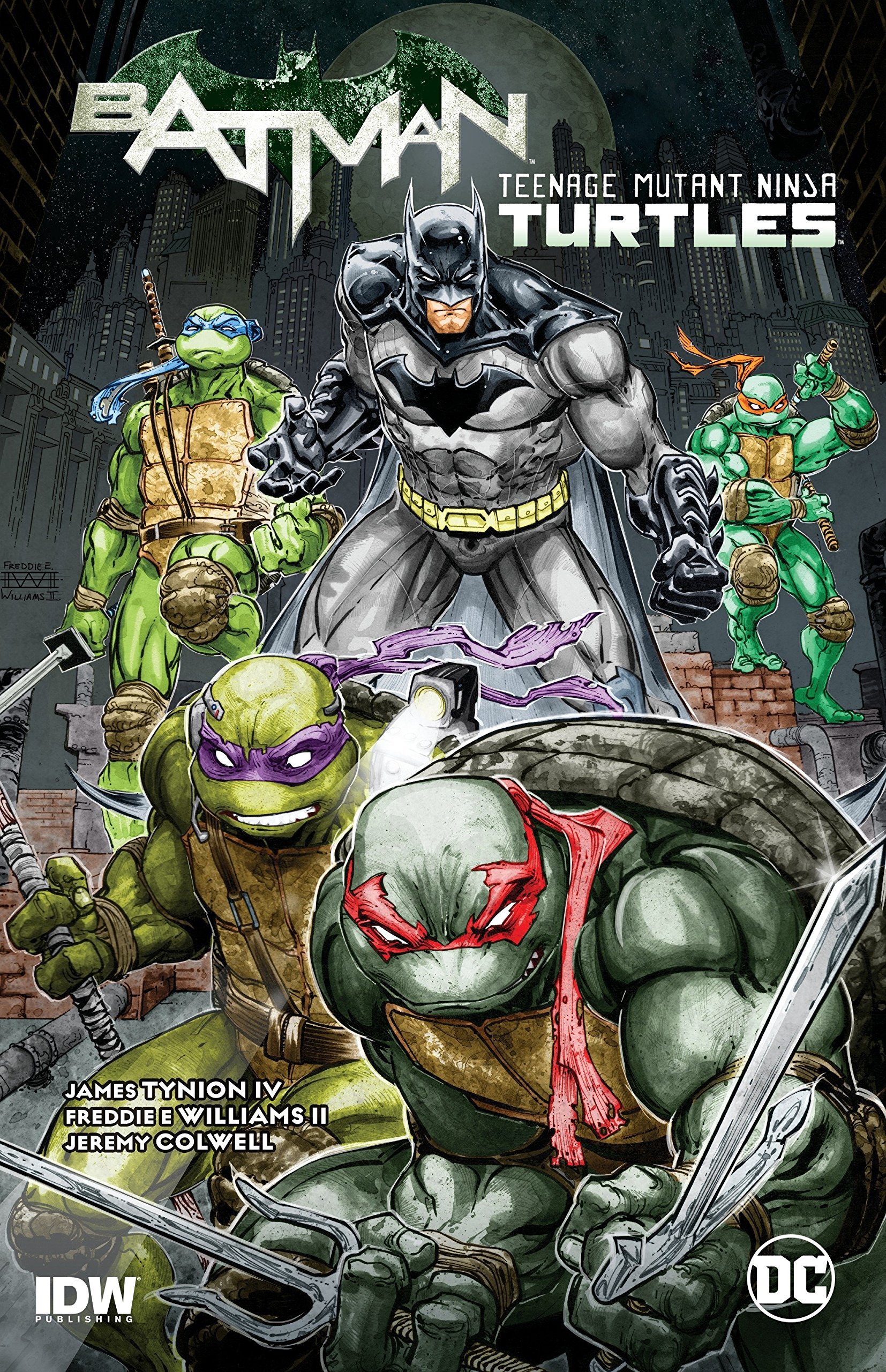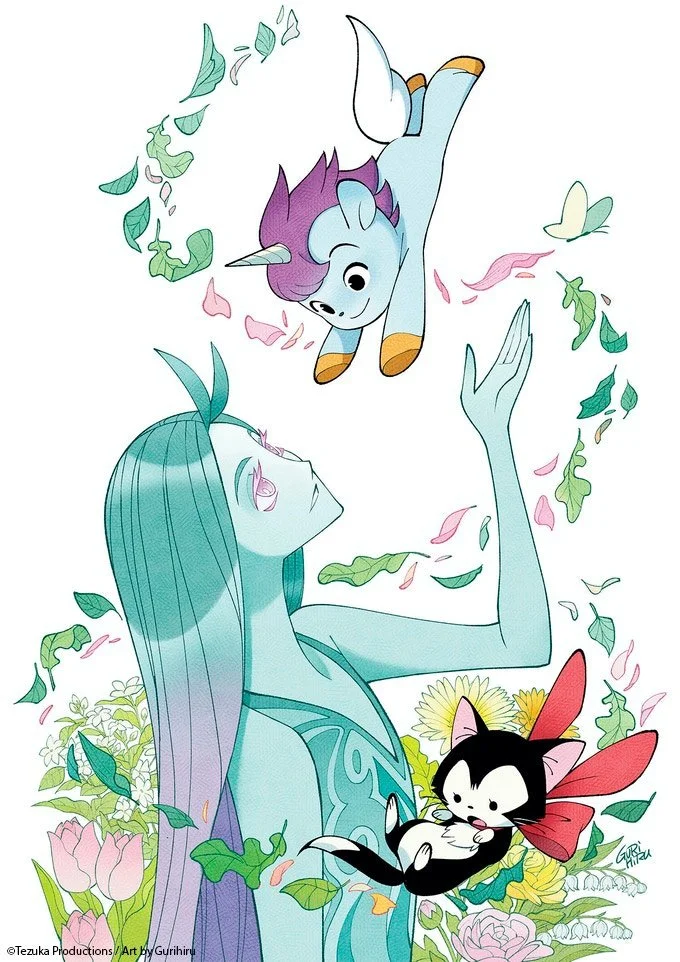Man Without Fear...By The Year: Daredevil Comics in 2003
By Bruno Savill De Jong — It’s 2003. SARS is discovered in Vietnam, Arnold Schwarzenegger is elected Governor of California, the space shuttle Columbia disintegrates upon re-entry, and “Operation Iraqi Freedom” begins the Iraq War. People are listening to “Hey Ya!,” watching Pirates of the Caribbean and reading Daredevil.
Written by Brian Michael Bendis
Illustrated by Manuel Gutierrez (38-39), Terry Dodson (40), Alex Maleev (41-50)
Inks by Manuel Gutierrez (38-39), Rachel Dodson (40), Alex Maleev (41-50)
Colors by Matt Hollingsworth
Lettered by Richard Starkings and Comicraft (38-41), Cory Pett (42-50)
At first glance, Matt Murdock is making do in 2003. He may have thought his “life was over” when his secret identity as Daredevil was leaked to the tabloids last year, but he continues to “dance between the raindrops,” avoiding lawsuits and maintaining denial as he attempts to wait out the storm. Yet there’s a sense of mounting pressure to 2003, a feeling of inevitability as his enemies discuss the “open secret” and position troops around him. As a result, 2003 is more a slow-burn pressure-cooker for Bendis’ Daredevil than last year’s explosive entry – these story-arcs feeling like self-conscious “distractions” from the main event – but it remains an excellent year of watching Matt fall further down the rabbit hole of his crumbling life.
2003 is divided up into neat, if overlapping, story-arcs; each adding another layer of pressure and anxiety upon Matt’s already fragile life. Bendis has said in interviews how “until about issue 50 [where this look at 2003 stops], we’re still thinking Kevin [Smith]’s coming back.” But far from deterring Bendis, he admits he “plan[ned] for the biggest, most elaborate feats I can do and dive in and hope for the best.” 2003 forms a vital piece in Bendis’ puzzle, the seemingly disparate random events adding to each other. This Daredevil remains unmistakable Bendis, including scenes becoming even more dialogue-heavy, with some pages simply being talking heads with a cacophony of word balloons. Thankfully, Comicraft and Cory Pett’s lettering always breaks such speeches into digestible chunks, and Alex Maleev continues to contribute the rough realistic atmosphere through his scratchy and densely-rendered illustrations.
Although the first story-arc of 2003, “The Trial of the Century,” does not have Maleev but instead the artwork of Manuel Gutierrez and (in the final issue) Rachel Dodson. Maybe this is appropriate for a story not directly related to Murdock’s identity crisis. Instead, “The Trial of the Century” concerns Puerto Rican superhero The White Tiger, whose return from retirement coincides with a botched robbery which leaves him imprisoned as the guilty culprit and cop-killer. Luke Cage asks Matt to defend him, leading to a courtroom comic where Matt tries to save this innocent vigilante.
But of course, despite Matt stepping back inside the lawyer’s role, this trial becomes intimately related to his ongoing issues. The prosecuting attorney confides to Matt how this is a perfect opportunity for a proxy argument: “you get to say everything you’ve been dying to say as Daredevil…. But you don’t have to rip off your devil mask in some grandiose gesture.” Matt understands that vigilantism in general is on trial here, White Tiger prosecuted more for putting the law in his own hands (and hiding his identity) than any actual crime, since “everybody wants blood” out of this incident.
If “The Trial of the Century” parallels Matt’s own predicament, it is an incredibly bleak one. Despite us (and Matt’s built-in lie-detector) empirically knowing that White Tiger is innocent, the jury still finds him guilty, and he ends up gunned down on the courthouse steps. It ominously shows a miscarriage of justice, built upon a vengeful public, where an innocent vigilante is struck down by institutions. It shows the usually indomitable lawyer Matt Murdock losing a case, miscalculating his defensive strategy and breaking a “promise” to his client. Worse still, Matt saw this failure coming thanks to his super-senses overhearing the jury debate, including how one plaintiff lied during selection as her carjacking son was captured by Spider-Man. Matt has no explanation for how he missed this during jury selection. Despite obstinately keeping up pretenses, “The Trial of the Century” shows Matt’s composure is fatally slipping.
Another thing weighing on Matt’s mind is the return of his classic enemy, The Owl. The Owl has long been Daredevil’s original colorful crime-lord, and in the void of Kingpin’s absence, is attempting to overtake the underworld territory. Bendis’ Owl is characterized as an unstable, sociopathic beast who has no mind for strategy but viciously lashes out at his underlings. Instead, he is puppeted by Mr Anad – an old deputy of the Kingpin’s – who harvest the Mutant Growth Hormone (MGH) drug from The Owl, and attempts to steer him towards covert strategic ploys against Daredevil such as recording their violent encounters to blackmail him with “trespassing and assault.”
The Owl here is somewhat inept but also genuinely terrifying – Maleev exaggerates his hair and talons into a skeevish, nightmarish vision. D.G. Chichester’s attempts to redeem and recontextualise the Silver Age foe have not stuck, with The Owl here serving as a reminder of Matt’s obscure rogues gallery which has been violently dragged into the 21st century. Indeed, the entire “Lowlife” arc is precipitated by (a civilian) Stilt-Man confronting Matt in his office and admitting defeat, humorously showing the silliness of Stilt-Man cannot survive in the current landscape. Throughout “Lowlife” Matt tries to ignore The Owl, wanting others to deal with him while he protects his secret identity. The Owl is ultimately taken down by the FBI – who smugly note that such super-people forget about such legitimate authorities – although Daredevil does show up to stop his escape.
Amongst this new power-play by The Owl, Matt’s life becomes further complicated through his new love interest, Milla Donovan. Milla is a blind woman whom Matt saves from a car crash, a death-defying incident which spurns a deep connection between the two. Milla’s own blindness allows her to see through the façade and double-identities that Matt has put up, feeling his face inside his law office to understand the connection with the man who saved her life.
Milla and Matt have one clear connection through their impaired vision and subsequent persecution – cops ignorantly sneering at the “blind couple” – but also through their home-grown neighborhood. Milla not only grew up in Hell’s Kitchen, but works in its Housing Commission, teaching Matt about its history. Milla becomes a route back to Matt’s roots, a new figure in his life to offset the rotten developments and ground (or even validate) his recent choices.
Matt is painfully aware how the women in his life tend to die. He’s hesitant to start anything with Milla, especially with the increased scrutiny of his current situation. He gets angry and embarrassed when the police pull Matt in for questioning during his date with Milla. But it becomes even worse once Wilson Fisk returns from his coma to recover his kingdom. Kingpin sends various assassins after Daredevil to distract him and, finally, end their symbiotic relationship.
This includes another of Daredevil’s ex-girlfriends, Typhoid Mary, whom Kingpin knocks out of her passive hypnotic state to awaken the sadistic, pyrotechnic woman who made Daredevil’s life hell. (Although frankly Typhoid feels somewhat wasted here, reduced to a “crazy killer” without the personal attachment or anarchic independence of under Ann Nocenti). Another assassin is someone Daredevil hasn’t seen since he killed his lover Karen Page: Bullseye.
Matt and readers are acutely aware that Bullseye has killed the two greatest loves in Daredevil’s life. But rather than let history repeat itself when Bullseye appears at his apartment (with a vulnerable Milla), Matt unleashes a blitzkrieg of anger, brutally assaulting Bullseye (physically and verbally) for basically an entire issue. Matt’s “anger issues” have been shown by Bendis even before his identity was exposed, years of internalised rage and resentment curdling into something vicious. Stilt-Man told Matt that nobody has attacked him at home yet since everyone is “pathologically scared to death of [him].” And the menacing grin Daredevil has when telling The Owl “this is going to hurt” makes you believe it. All of this erupts during the battle with Bullseye, lacking even the acrobatic grace of Frank Miller’s confrontations between the two, but rather a dirty grudge-match which ends with Matt verbally degrading Bullseye and carving circles on his forehead – ironically commenting on the ’redesign’ for the contemporary Daredevil film – with a rock.
All these obstacles and old villains are a build-up to a rematch with Matt’s arch-enemy, The Kingpin. While Daredevil’s life has been disintegrating, Kingpin has been rebuilding his connections and recementing his reign; he barely seems interested in finally finishing Matt off. Instead, when Daredevil confronts him, Kingpin talks about their ongoing “relationship” and of things returning to normal. But pushed past his breaking point, Matt is unprepared for things to revert to the status quo. During an explosive, intense issue where he and Kingpin duke it out – illustrated by several artists of Daredevil past – an unmasked Matt throws Kingpin’s beaten body down in front of the underworld. He no longer cares about propriety or defined identity, declaring “the new rules of Hell’s Kitchen” and making himself the new Kingpin. In order to prevent the same destructive cycles, Matt has become his own worst enemy.
Once again, Bendis plays with audience expectations by pushing against the status quo. Readers expect Daredevil to confront Bullseye or Kingpin. But the level of uncomfortable extreme violence here makes them step back, with the inevitable clash with Kingpin not reasserting the hero and villain’s moral divide, but crossing over it. 2003 showed Matt trying to keep things steady as his world crumbled around him. But by the end of it, all that gnawing doubt and internal rage has finally burst out, causing a declaration that means Matt’s life (as well know it at least) is over.
Read classic Daredevil Comics!
Check out past installments from The Man Without Fear…By The Year!
Check out Bruno Savill De Jong’s last regular series, Gotham Central Case by Case!
Bruno Savill De Jong is a recent undergraduate of English and freelance writer on films and comics, living in London. His infrequent comics-blog is Panels are Windows and semi-frequent Twitter is BrunoSavillDeJo.














